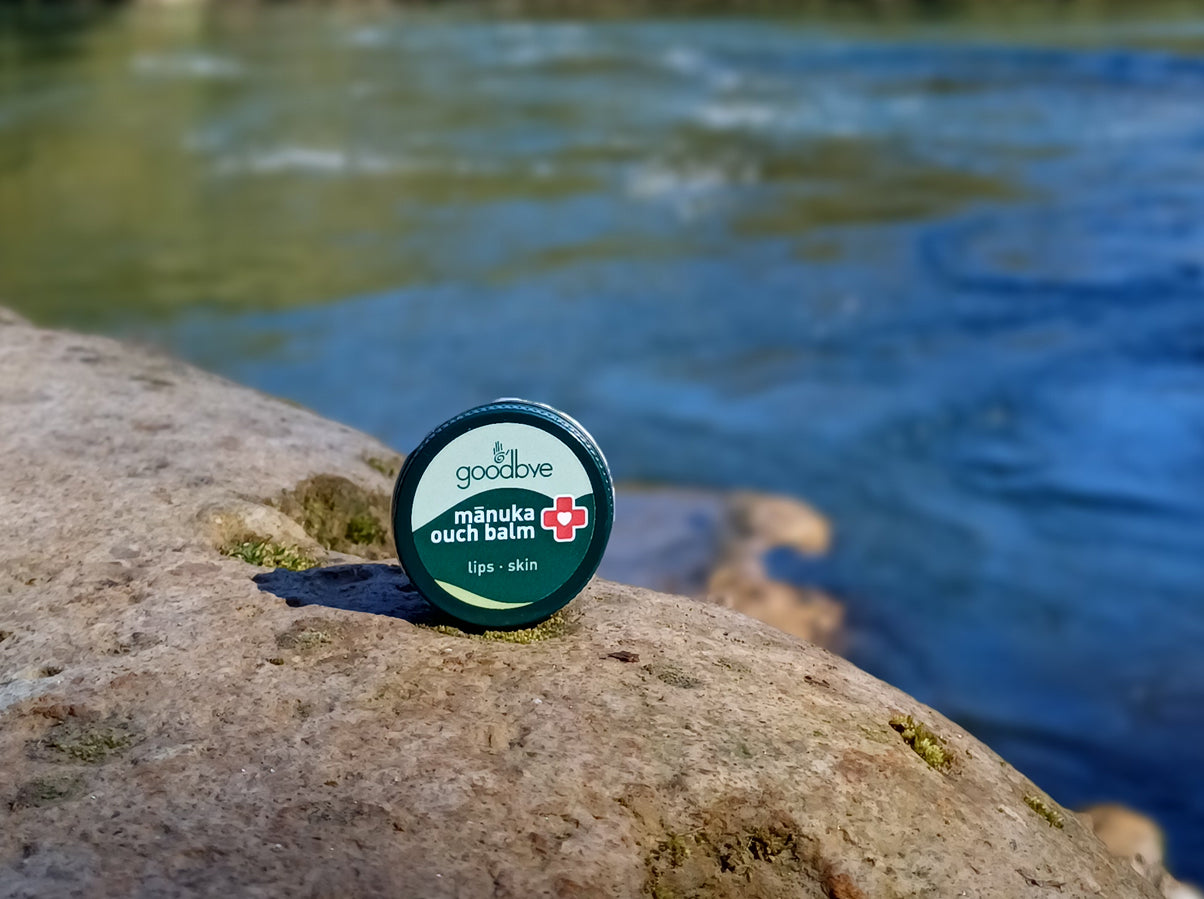Non-Nano
Many Zinc Oxide Sunscreens, and even some chemical sunscreens claim that their sunscreens are Non Nano. And while the median particle size may be say 140NM, there would still be a significant percentage of particles below 100NM.
In fact the EWG- Environmental Working Group in the USA, a respected independent NGO that does an extensive amount of sunscreen testing and analysis had this to say:
A number of companies sell products advertised as containing “non-nano” titanium dioxide and zinc oxide. These claims are generally misleading. While particle sizes vary among manufacturers, nearly all would be considered nanomaterials under a broad definition of the term, including the definition proposed in 2011 by the federal Food and Drug Administration (FDA 2011b).
The EU Cosmetic Regulation and NZ Cosmetic Group Standard definition for Nano has no threshold for amount of Nano particles required to be defined as Nano. If it is intentionally manufactured and has nanoparticles then it is a requirement to be labeled (Nano).
Non-nano or nano free can be also used as a marketing tool rather than as real information. In 2011 the Australian TGA put out this statement.
“Although labelling of therapeutic goods including sunscreens as ‘nanoparticle free’ is permitted, TGA remains concerned that promotion of goods as ‘nano free’ may imply that therapeutic goods that contain nanoparticles are unsafe when there is no evidence that this is the case,” a TGA spokeswoman said.








